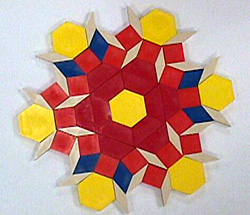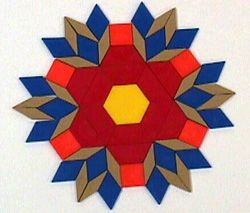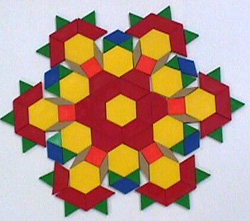|
District
Learning Standards
Mathematics
Patterns, Relations, and
Fundamentals
· Describe and represent patterns that are continuous, growing
and/or repeating
· Represent patterns geometrically and numerically
· Explain relationships present in a set of data
· Determine common attributes in a given group and identify those
objects that do not belong
Measurement
· Order events by time sequence
Geometry
· Use objects to perform geometric transformations, including flips,
turns and slides
· Identify lines of symmetry in a variety of shapes and figures
Language Arts
Reading
· use knowledge of sentence structure and punctuation when reading.
· compare plots, settings and characters presented by different
authors in various texts.
· identify simple figurative language in text. explain major elements
in text to form an understanding of stories and other materials.
· describe cause and effect relationships in various text.
Writing
· distinguish between complete and incomplete sentences.
· use correct grammar in a variety of sentence structures.
· use appropriate vocabulary and descriptive words in written work.
· use correct spelling of frequently used words in final copies.
· use the writing process to generate various forms of writing.
Listening/Viewing
· model story structures or organizational patterns. (example:
beginning, middle, end)
· condense, combine, and order new information in written work.
· examine personal work and the work of others for capitalization
and punctuation.
· use technology to share writing with others.
· conference with others to revise and edit written work.
· use technology to share writing with others.
· write to accomplish different purposes. (example: share, inform,
invite)
· use descriptive detail and a variety of sentence types
· write stories/narratives based on personal experiences or familiar
persons, places, or objects.
· write to explain key concepts and relationships with other concepts
in various subject areas.
Speaking
· interact appropriately in formal and informal speaking situations
with peers and adults.
· use visual aids in oral presentations.
· identify conditions which are beneficial to the listener. (example:
tone of voice, being able to see the speaker)
Technology
· integrate technology into the daily instructional process and
operation of the District
· become proficient in the use of technology
· develop positive attitudes toward technology uses that support
lifelong learning and collaboration
|





